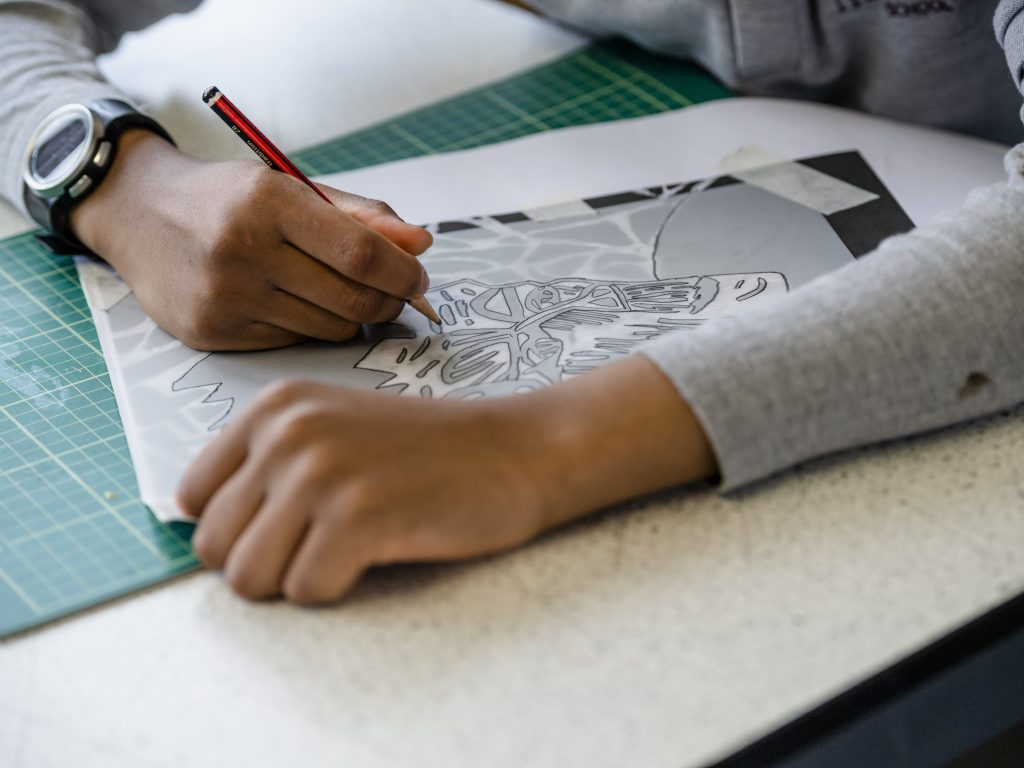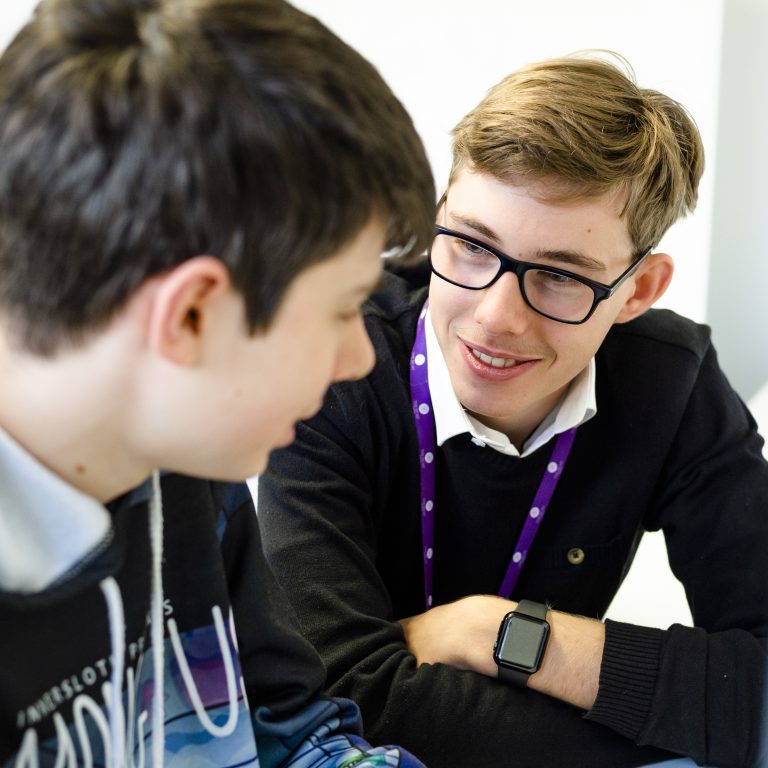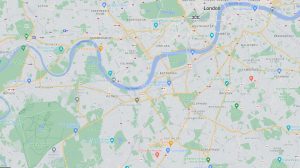Art, Three Dimensional Design & Photography gives pupils the opportunity to respond creatively to their experiences and environment, to gain an understanding of other creative practitioners work and expand visual knowledge.
All the creative disciplines encourage problem solving skills and lateral thinking which in turn helps to build confidence and self-esteem. The creative disciplines help you to look at things differently
GCSE Art and Design
“Imagination is the beginning of creation.” George Bernard Shaw
Pupils who choose Art as an option will follow the OCR exam board GCSE course in Art and Design.
Pupils will have the opportunity to explore a wide range of materials including sculpture, painting, printmaking, textiles and clay. An important part of the GCSE studies includes critical studies and researching the art history timeline including contemporary art.
The art of creativity and imagination whilst learning how to reflect, evaluate and develop works of art.
It is essential that any pupil who selects Art & Design should have a passion for the subject.
Assessment structure
Component 01: Portfolio (non-exam assessment)
- Worth 60% of total GCSE.
- Internally set and assessed; externally moderated.
- Includes a sustained project and other supporting work.
- Must demonstrate all four assessment objectives:
- AO1: Develop ideas with contextual awareness.
- AO2: Refine through experimentation with materials/processes.
- AO3: Record ideas and intentions through drawing, notes or models.
- AO4: Present a final 3D outcome with personal meaning.
Component 02: Externally Set Task
- Worth 40% of total GCSE.
- Paper released in January of the examination year.
- Preparatory period followed by 10 hours of supervised time.
- Students produce a final piece supported by planning and research.
- All assessment objectives must be addressed.
- Internally marked and externally moderated.
Pupils who choose Photography as an option will follow the OCR exam board GCSE course. They will create a Personal Portfolio (Coursework) of work which is Unit 1 and equates to 60% of the final mark. Unit 2 is the Externally Set Task (40%) and culminates in a 10-hour timed test to produce a final piece.
Pupils will have the opportunity to explore a wide range of techniques working mostly with digital imagery. Learning how to use Nikon DSLR cameras, pupils will work on studio shots with lighting as well as urban shots around London.
Images are edited on Photoshop and Lightroom and occasionally pupils can explore wet photography in the dark room at 6th Form. The emphasis is on investigation including the exciting cameraless photography, creating cyanotypes and chemigrams.
An important part of the GCSE studies includes critical studies and researching the photographic history timeline including contemporary photographers.
The Department organises visits for all year groups across all Key Stages to the rich variety of London’s art galleries and museums. We are fully committed to learning outside of the classroom when the timetable allows.
Through understanding each pupil’s individual learning style, the department focuses on providing appropriate, engaging content and teaching methods conducive to the needs and interests of our learners. Throughout each stage of their artistic studies, pupils are introduced to stimulating lesson topics and processes, with opportunities to learn wide ranging skills and techniques.
Learners are encouraged to discuss their achievements through group critiques, one-to-one tutorials and exhibitions of work. This process provides a platform from which pupils can realise their achievements and excel in their creative endeavors.
Assessment structure
Component 01: Portfolio (non-exam assessment)
- Worth 60% of total GCSE.
- Internally set and assessed; externally moderated.
- Includes a sustained project and other supporting work.
- Must demonstrate all four assessment objectives:
- AO1: Develop ideas with contextual awareness.
- AO2: Refine through experimentation with materials/processes.
- AO3: Record ideas and intentions through drawing, notes or models.
- AO4: Present a final 3D outcome with personal meaning.
Component 02: Externally Set Task
- Worth 40% of total GCSE.
- Paper released in January of the examination year.
- Preparatory period followed by 10 hours of supervised time.
- Students produce a final piece supported by planning and research.
- All assessment objectives must be addressed.
- Internally marked and externally moderated.
Parent Portal
Parents can find specific curriculum information in their child’s termly ICM reports. These can be accessed via the Parent Portal: https://schoolbase.online



